German painter, sculptor, photographer and designer Marianne Brandt created metal and glass industrial products.
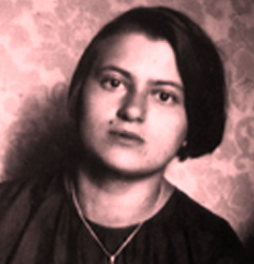
Image source: https://search.creativecommons.org/photos/29c73551-9146-4b3e-9bcd-b744dab7faf8 by Apalipicipiapa
Marianne Brandt’s designs for metal ashtrays, tea services, lamps and other household objects are recognized among the best of the Weimar and Dessau Bauhaus. So much so, that they were mass-produced during the interwar period.
Mind Over Metal
Marianne Brandt, born October 1st, 1893, began her art education in 1911, at a private art school in Weimar. After, she studied painting and sculpture at the Hochschule für Bildende Kunst Weimar.
In 1919, she married the Norwegian painter Erik Brandt. Then, in 1920, she took a one-year tour of Europe, with the intent of further developing her mastery. Her trip included visits to Paris and the south of France. Eventually, she came to the Staatliches Bauhaus, which is located in Weimar, in 1923. There, she attended the preliminary course, that is László Moholy-Nagy‘s metal workshop, as well as classes by Paul Klee, Wassily Kandinsky and Walter Gropius.

Image source: https://search.creativecommons.org/photos/3a4dfe44-2951-4fdd-b1f3-3bdcd40734ce by Daderot
In 1926, Brandt moved to Dessau, and took charge of lighting design, before becoming its director from 1928 to 1929. On September 10th 1929, she earned her Bauhaus diploma, and subsequently left.
After many years of living apart, she and Erik, her husband, officially divorced in 1935. In 1939, she became a member of the Reich Chamber of Culture, yet she did not join the National Socialist German Workers Party. Further, in 1949, Mart Stam appointed her as a lecturer at the HfBK Dresden.
Brandt worked at the University of Applied Art until 1954. After World War II, she remained in Chemnitz to rebuild her family’s home, which had been severely damaged in the bombings. Additionally, she died at the age of 89 in East Germany, on the June 18, 1983.
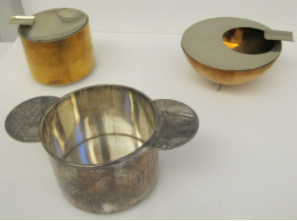
Image source: https://search.creativecommons.org/photos/72ead108-ae38-49aa-968d-1918f0fb78a2 by sailko
Her Works
Brandt was involved with a body of photomontage work though all but a few were not publicly known until the 1970s. The photomontages came to public attention after Bauhaus historian Eckhard Neumann solicited the early experiments, stimulated by resurgent interest in modernist experiment in the West.
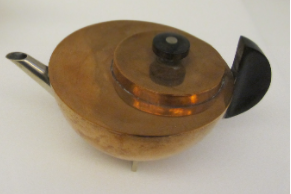
Image source: https://search.creativecommons.org/photos/b07b7832-4ed0-49cb-b30c-e84b21ec2383 by sailko
These often focused on the complex situation of women in the interwar period, a time when they had begun enjoying new freedoms in the workplace. In addition, women frequently experienced traditional prejudices due to their gender.
Much of Brandt’s energy was directed into her lighting designs, including collaborating with some Bauhaus colleagues and students. One of her early projects was the ME78B hanging lamp (1926).
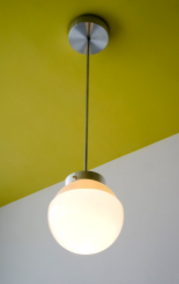
Image source: https://search.creativecommons.org/photos/9412a661-0cad-407b-88f5-a27e5412a726 by oswaId
This elegant pendant light is aluminum and features a simple saucer shade. It combines with a then innovative pulley system and counter-weight, which makes the height of the lamp adjustable. Moreover, the pendant was present in multiple locations in the Dessau campus, including the metal, weaving and architecture department, as well as the dining room of Gropius’ own house.
Brandt is also remembered as a pioneering photographer. She created experimental still-life compositions, but it is her series of self-portraits which are particularly striking. These often represent her as a strong and independent woman of the Bauhaus.
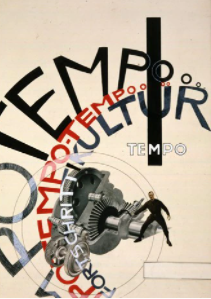
Image source: https://www.domusweb.it/en/design/2005/11/03/tempo-tempo-marianne-brandt-and-the-bauhaus.html
Other examples show her face and body distorted across the curved and mirrored surfaces of metal balls, which blend the image of herself and her primary medium at the Bauhaus. Further, Brandt was one of few women at Bauhaus who distanced herself from the fields considered more feminine at the time such as weaving or pottery.
Also, she is known for her tea designs, such as her Tea Infuser, which is characteristic of the early phases of modernism. Here, form predominates over ornament and there is a clear sense of at least symbolic compatibility with modern mass-production technology.
Info source: https://en.wikipedia.org/wiki/Marianne_Brandt
